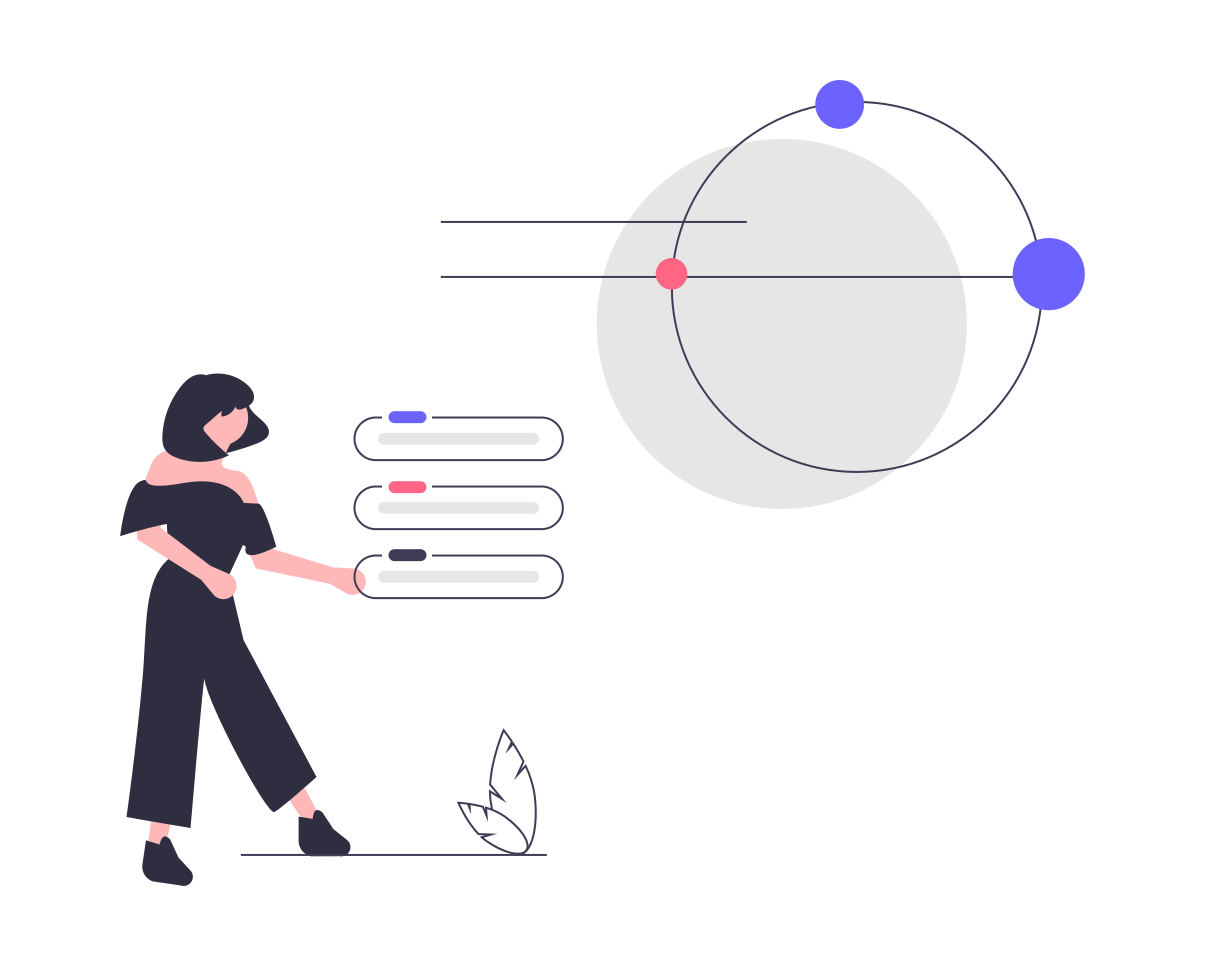The digital age has transformed how businesses engage with their customers, offering a plethora of data that can be used to fine-tune marketing strategies. One of the most valuable types of data in this context is behavioral data. This blog explores how harnessing behavioral data can optimize B2B marketing strategies, enhancing engagement and driving growth.
Defining Behavioral Data
Behavioral data encompasses all information related to the actions and interactions of users with your digital properties. This includes:
- Website Interactions: Page views, clicks, time spent on pages, and navigation paths.
- Email Engagement: Open rates, click-through rates, and response times.
- Content Consumption: Downloaded whitepapers, viewed webinars, and read articles.
- Purchase History: Previous purchases, transaction frequency, and order values.
- Social Media Activity: Likes, shares, comments, and follows.
The Importance of Behavioral Data
Behavioral data provides a window into the real-world actions and preferences of your audience. By analyzing this data, marketers can gain insights into what drives customer behavior, enabling more precise targeting and personalized engagement.
Steps to Harness Behavioral Data
1. Data Collection
Begin by implementing tools and systems to collect behavioral data. These might include:
- Analytics Platforms: Tools like Google Analytics to track website interactions.
- Email Marketing Software: Platforms that provide insights into email engagement metrics.
- CRM Systems: Comprehensive systems that capture and store customer interactions and transaction history.
2. Data Analysis
Once collected, the next step is to analyze the data. Look for patterns and trends that reveal customer preferences and behaviors. Key techniques include:
- Segmentation: Grouping customers based on similar behaviors.
- Trend Analysis: Identifying patterns over time to predict future behavior.
- Correlation Analysis: Understanding how different behaviors are related.
3. Actionable Insights
Transform your data analysis into actionable insights. For example, if a significant portion of your audience regularly engages with your blog posts but not your email campaigns, you might consider integrating more blog content into your email strategy.
Implementing Behavioral Data Insights
Personalization
Use behavioral data to tailor your marketing messages. Personalization can take many forms, such as:
- Dynamic Website Content: Adjusting website content in real-time based on user behavior.
- Customized Email Campaigns: Crafting email messages that reflect the recipient’s previous interactions and preferences.
- Targeted Ads: Deploying ads that are relevant to the user’s behavior and interests.
Predictive Marketing
Behavioral data enables predictive marketing, where you anticipate customer needs and actions. By leveraging predictive analytics, you can:
- Forecast Demand: Predict which products or services will be in demand.
- Proactive Engagement: Reach out to customers before they express a need, based on their behavior patterns.
- Churn Reduction: Identify early signs of disengagement and take steps to retain customers.
Challenges in Utilizing Behavioral Data
While behavioral data offers substantial benefits, there are challenges to consider:
- Data Privacy: Ensure compliance with data protection regulations and respect user privacy.
- Data Integration: Seamlessly integrating behavioral data from various sources can be complex but is essential for a holistic view.
- Data Overload: Avoid being overwhelmed by data; focus on the most relevant metrics that drive your objectives.
Conclusion
Harnessing behavioral data is key to optimizing B2B marketing strategies. By understanding and acting on the actions and preferences of your audience, you can create more personalized, predictive, and effective marketing campaigns. Embrace the power of behavioral data to enhance engagement, drive conversions, and foster long-term customer relationships.


